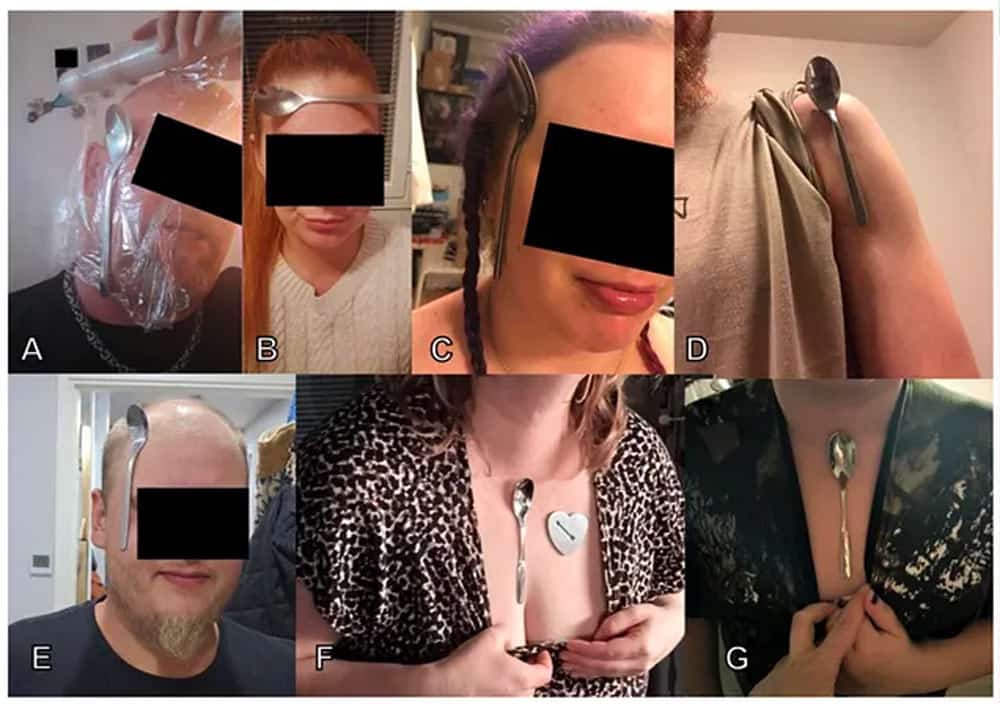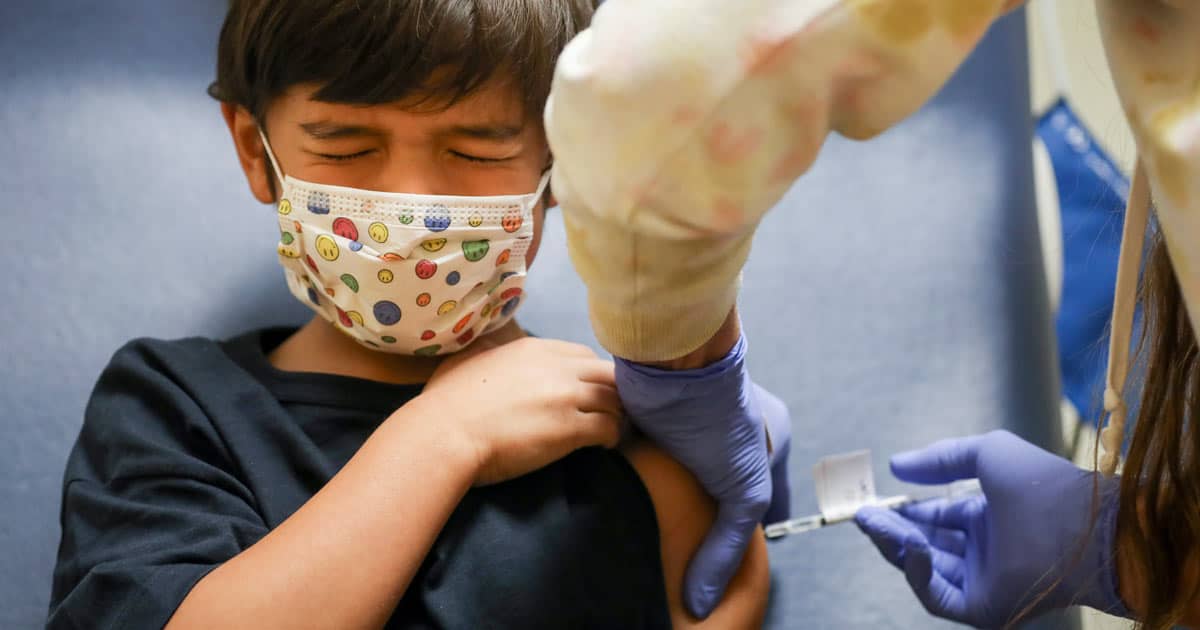An explosive peer-reviewed study has confirmed that surging reports of “iatrogenic magnetism” are caused by “massive metallic objects” that are forming inside the bodies of people who received Covid mRNA “vaccines.”
The researchers found that large metal objects “up to 70 grams” are forming “several months after the injection.”
The alarming metallic structures were found in “different parts of the body” and present severe health risks, the study warns.
The discovery was made by a team of Finnish researchers led by of the Kruunuhaka Medical Center in Helsinki.
The results of the peer-reviewed study were published in the International Journal of Innovative Research in Medical Science.
In the “Abstract” section of the study, the researchers write:
“A series of cases of COVID-19 vaccine-injected patients suffering from iatrogenic magnetism is described.
“The attachment of massive metallic objects (up to 70 grams) to different parts of the body is a real phenomenon that may present additional health risks if such patients are subjected to magnetic resonance imaging (MRI).
“The iatrogenic magnetism phenomenon typically appears several months after the injection,” they write.
“More likely, injected DNA plasmids, or modified mRNAs, translated into the spike protein, or into junk peptides formed through frameshifts, may engender proteins with ferromagnetic properties, or may entrap endogenous iron.
“Importantly, the spike protein has a distant homology to hepcidin, the key regulator of iron metabolism.
“Redistribution of iron into the brain or other body parts may be causing iatrogenic magnetism.
“Pfizer vaccine lots starting with the letter ‘F’ may be involved, although we cannot exclude the possibility that Moderna or other manufacturers’ injections may also cause this phenomenon. In our observation, the magnetism may resolve spontaneously or when nicotinamide adenine dinucleotide (NAD+) is applied.”
The findings from this study have confirmed observations reported by many individuals since 2021.
During the study, the researchers found that patients in this series demonstrated the attachment of ferromagnetic objects (e.g., spoons, magnets) to the skin.
In most cases, the objects are attached through magnetism to the forehead, temples, chest, and shoulders.
This effect was physically verified by researchers, often with photo documentation.

The metal objects formed typically 1–20 months post-injection.
This finding suggests that the phenomenon is not caused by residual components in the injection site.
Instead, it is possibly triggered by genetic expression or systemic distribution.
The researchers hypothesize that injected DNA plasmids or modified mRNA may produce abnormal peptides or spike proteins that exhibit ferromagnetic properties or cause endogenous iron entrapment and redistribution.
The spike protein shares distant homology with hepcidin, potentially leading to iron accumulation in tissues such as the brain.
Hepcidin is a key regulator of iron metabolism.
Leading American epidemiologist Nicolas Hulscher, MPH, weighed in on the study, detailing the findings in a report.
Hulscher notes that, while some cases were linked to Moderna mRNA “vaccines,” most patients had received Pfizer injections.
Some patients also experienced neurological and cardiovascular symptoms, such as arrhythmias, tremors, and cognitive decline.
Huslcher laid out the six cases cited in the study:
Case 1:
A 53-year-old male with no prior magnetism developed magnetic adhesion of a 25g object to both temples about 15 months after receiving two Pfizer injections (lots EY3014 and FE3065). He experienced chest pain, arrhythmia, full-body tremors, cognitive impairment, and other systemic symptoms.
Case 2:
A previously healthy 39-year-old female developed magnetism in her forehead and right shoulder, at the injection site, around one month after receiving a single Pfizer dose (lot FL4574). A 42g metal object adhered to her forehead, causing pain; symptoms lessened with alcohol and intensified during grounding.
Case 3:
A 28-year-old female developed magnetism approximately 20 months after receiving two Pfizer injections (lots FE2296 and FH0161). A 45g metal object adhered to her forehead, temple, and chest, but the magnetism faded over time, possibly due to self-initiated NAD⁺ therapy (500 mg/day).
Case 4:
A 28-year-old male reported magnetism of a 42g metal object to his left temple and ribcage around 20 months post-injection with both Pfizer (lot FH9951) and Moderna (lot 3004494). Cognitive symptoms and visual disturbances during MRI resolved with NAD⁺, but relapsed after discontinuation.
Case 5:
A 32-year-old previously healthy male, spouse of Case 2, developed magnetism two months after receiving the Pfizer vaccine (lot FL4574). A 70g metal object adhered to his forehead, chest, and shoulder opposite the injection site, with no improvement from food or medication.
Case 6:
A 36-year-old female developed strong magnetism (~25g object adherence to her sternum) one month after receiving Pfizer and Moderna vaccines (lots 1F1012A and 3006274). Her unvaccinated 10-year-old son also developed similar chest-localized magnetism, raising the possibility of vaccine-related shedding.
Magnetism could complicate MRI procedures, posing additional risks, Hulscher warns.
However, no mention of this phenomenon exists in Pfizer’s internal documents or the CDC’s “vaccine” injury database, despite numerous anecdotal reports.
The authors call for independent quality control testing of Pfizer vaccine lots.
“The phenomenon of magnetism is real and not a nocebo effect,” the researchers conclude.
READ MORE – Bill Gates’ ‘Vaccine’ Scientist Warns Covid-Vaxxed Face ‘Spectacular Wave’ of Mass Death

Our comment section is restricted to members of the Slay News community only.
To join, create a free account HERE.
If you are already a member, log in HERE.